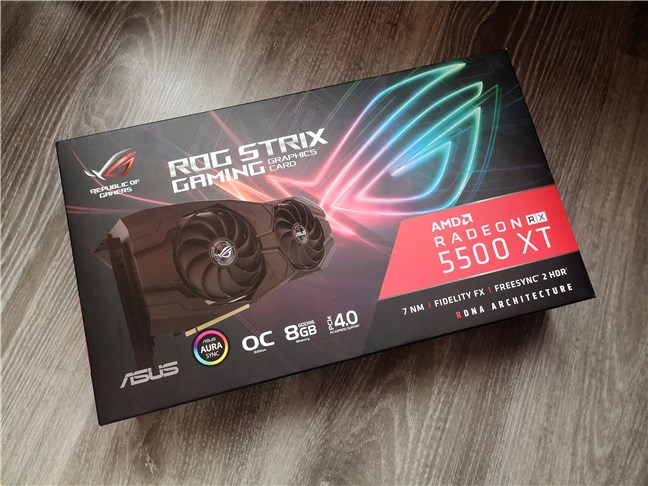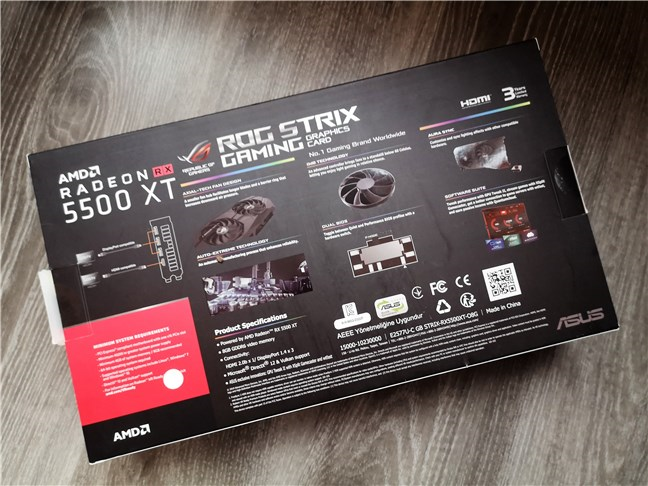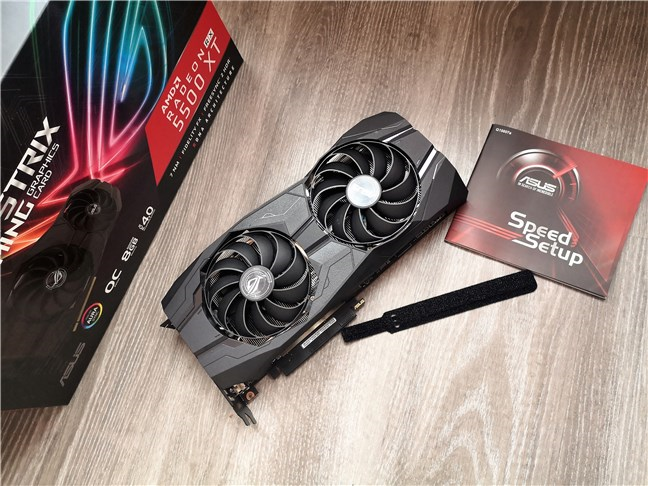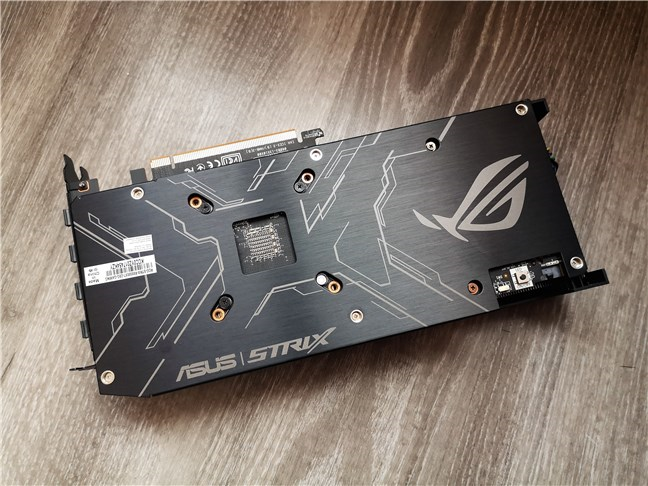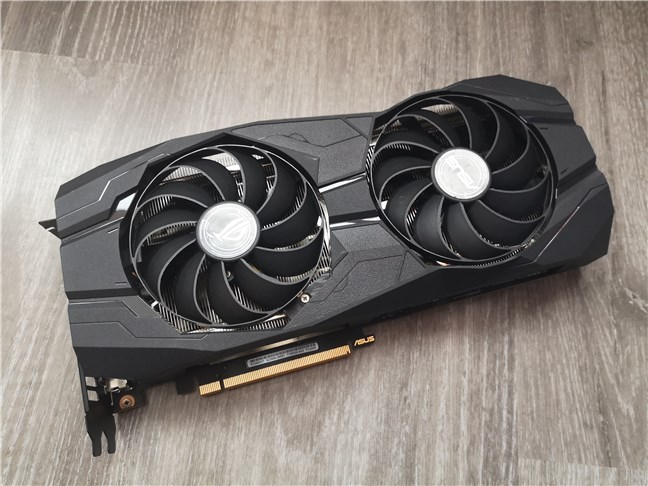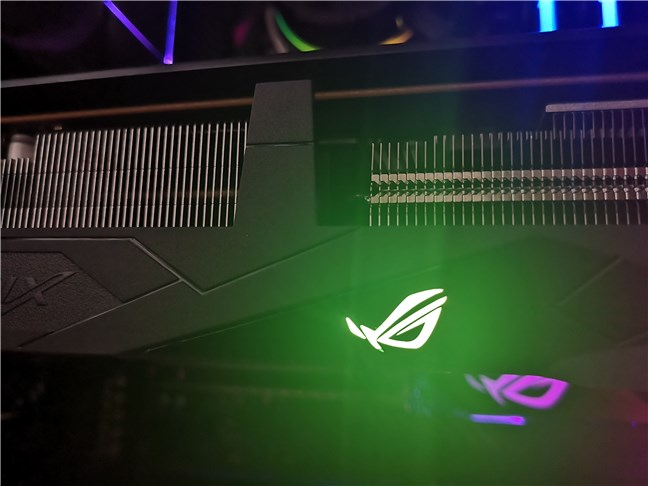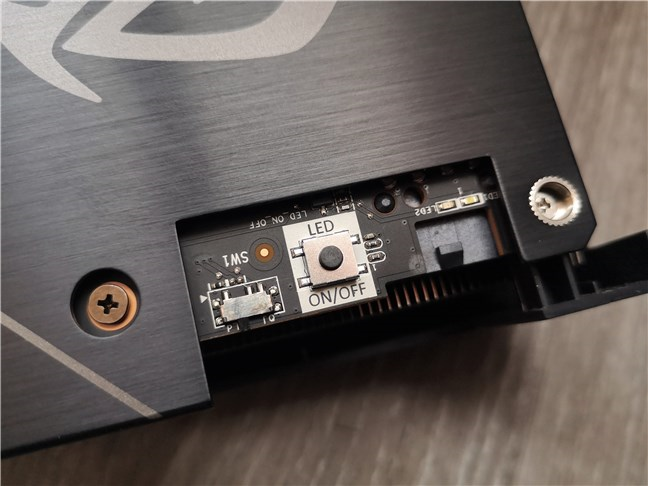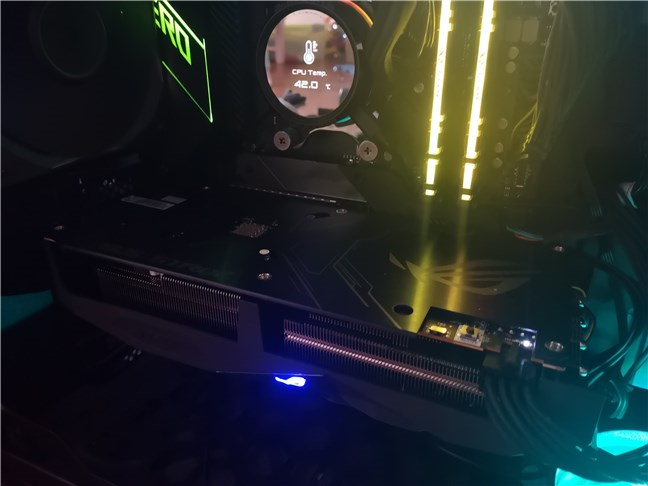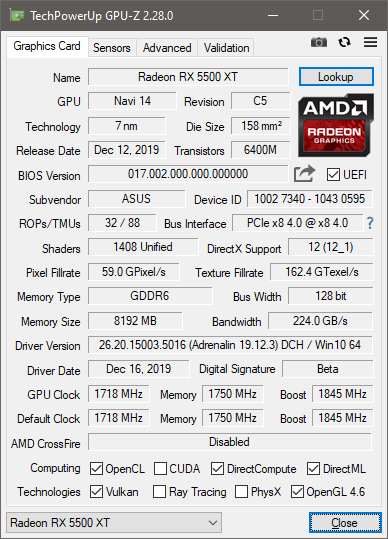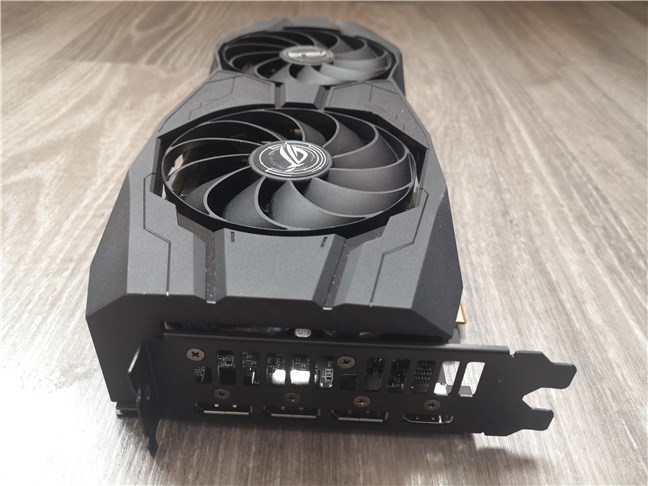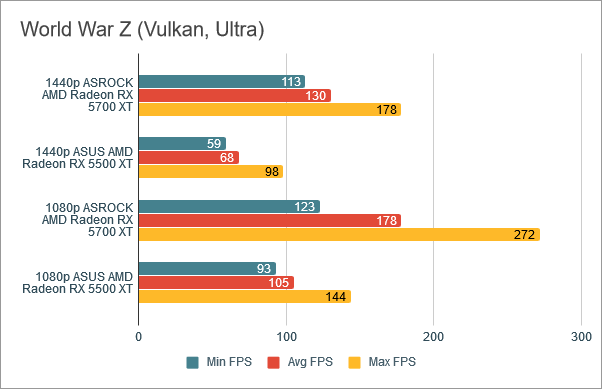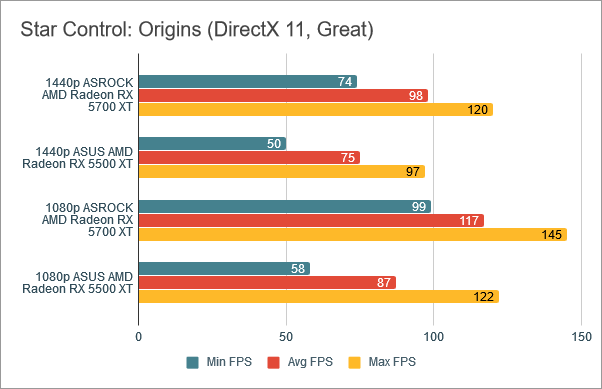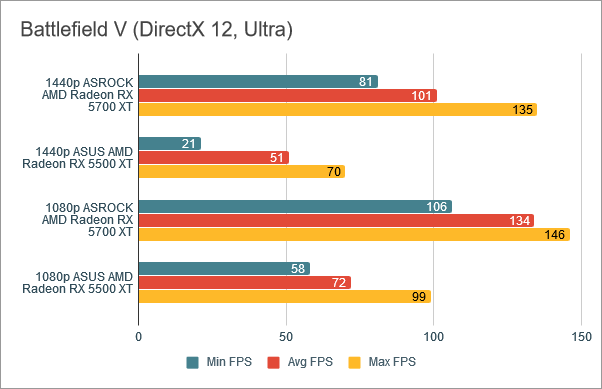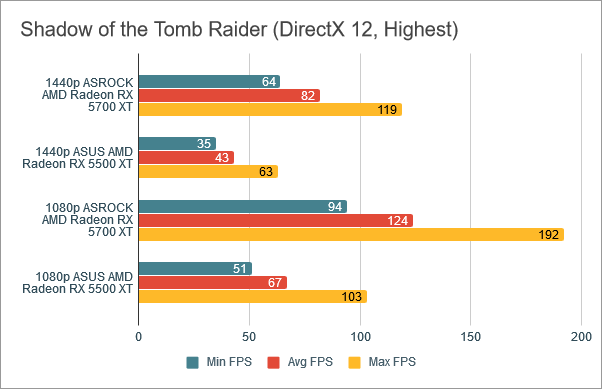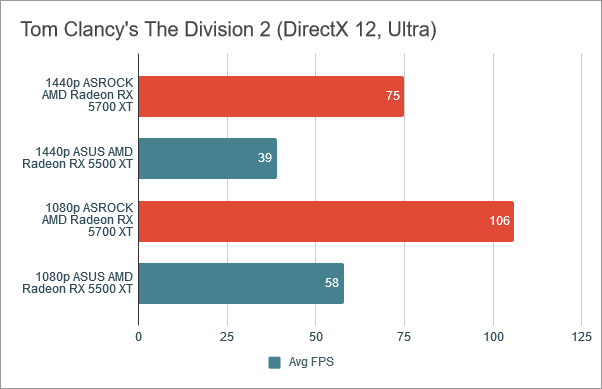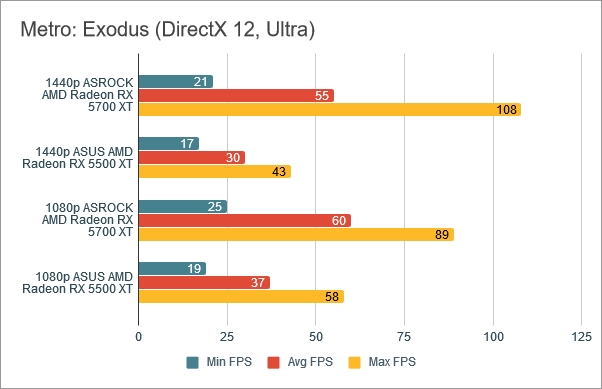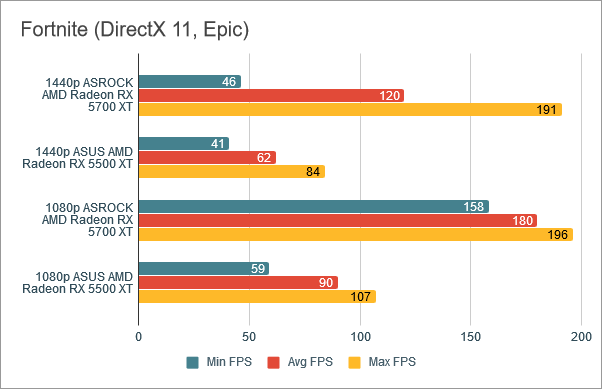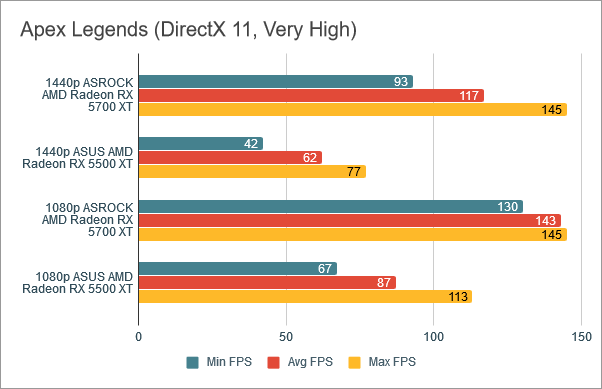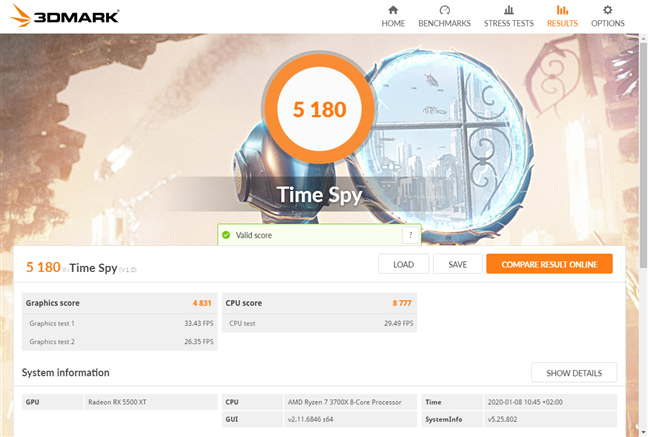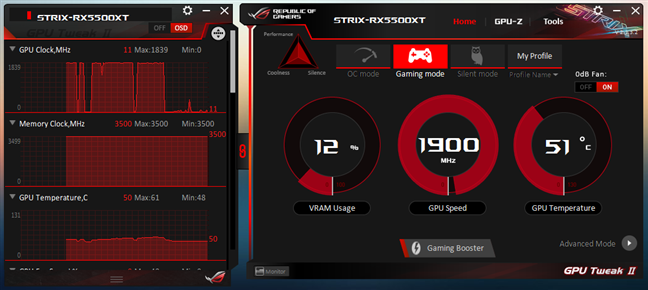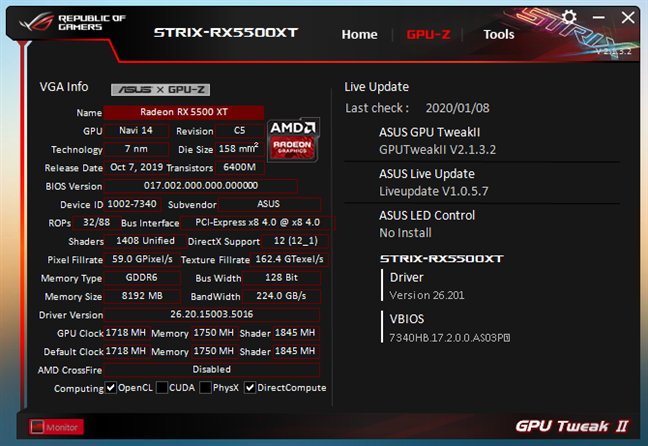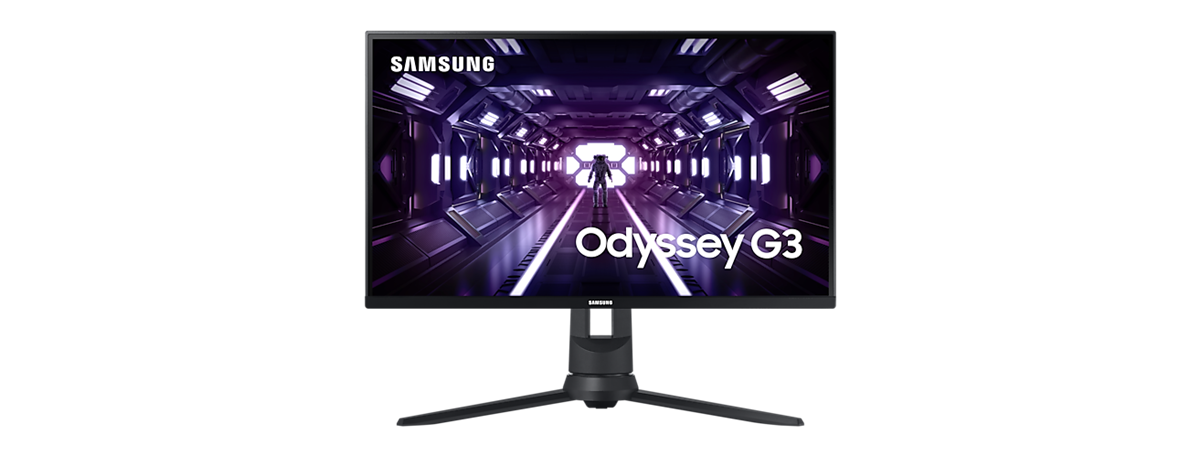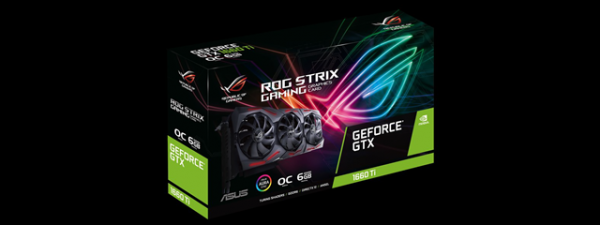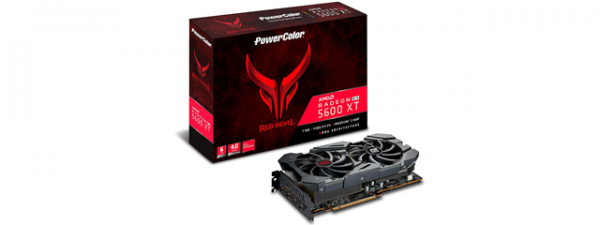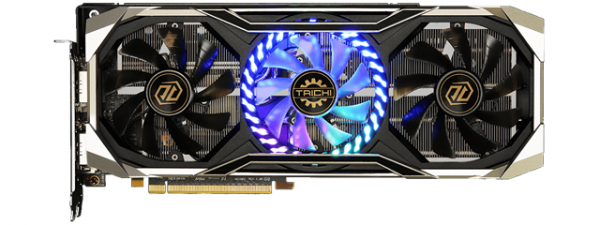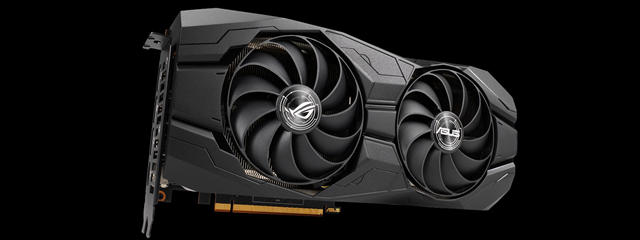
One of the recent additions to AMD's lineup of video cards is the Radeon RX 5500 XT GPU, for which the company didn't release any reference cards. The good news, though, is that other manufacturers, such as ASUS, have already released their own implementations of the Radeon 5500 XT. In this review, we're going to tell you about the ASUS ROG Strix Radeon RX 5500 XT graphics card, what it can do, and what its performance is in games and benchmarks. Should you be curious about it, read on:
ASUS ROG Strix Radeon RX 5500 XT: Who is it good for?
The ASUS ROG Strix Radeon RX 5500 XT is an excellent choice for those who:
- Want a graphics card that can push 60 frames per second or more in 1080p resolutions
- Want to be able to play all the latest games
- Don't want to spend a fortune on a new graphics card
- Like a graphics card that's well built and has an excellent cooling system
Pros and cons
We have more than a few good things to say about the ASUS ROG Strix Radeon RX 5500 XT graphics card:
- The performance it offers is excellent for the 1080p resolution
- The cooling system does an amazing job, and it's also silent
- Because it has Dual BIOS, you can either use it in overclocking mode or in silent mode to cut the noise even further
- It has an RGB lit zone, and it is compatible with ASUS Aura Sync
- Its backplate looks good, helps dissipate heat, and protects the card from bending
- It has a reasonable price
There's only one downside to this graphics card:
- It doesn't support ray tracing

Verdict
We enjoyed testing the ASUS ROG Strix Radeon RX 5500 XT graphics card. We think it is a good product because it's fast and cool, and it comes at a price that doesn't empty your pockets. If you want to see the best visuals that your favorite game can render, and you're OK with playing using the 1080p resolution, this graphics card is one of the best choices you can make. We recommend it to all of you who want to build a solid gaming PC without breaking the bank.
Unboxing the ASUS ROG Strix Radeon RX 5500 XT
The ASUS ROG Strix Radeon RX 5500 XT graphics card is packaged in a large box. On its top side, the box showcases a picture of the card, as well as its name and some of its main features and specs.
If you turn the box upside down, you can find more details about the construction and the specifications of the video card.
Inside the package, there's the ASUS ROG Strix Radeon RX 5500 XT graphics card, accompanied by a ROG Velcro and a quick start guide. You don't get any software and drivers media - those are all available to download from ASUS' support site.
The unboxing experience you get from the ASUS ROG Strix Radeon RX 5500 XT graphics card is straightforward, and the quality of the packaging is premium.
Design and hardware specifications
The ASUS ROG Strix Radeon RX 5500 XT graphics card has a large protective plate on its back. As is the case for all the Republic of Gamers devices, it features a beautiful design with thin lines and a large ROG logo. The backplate is made of metal, and it serves two purposes: it protects the card from bending and helps with heat dissipation.
Although AMD did not release a reference Radeon RX 5500 XT graphics card, when we look at the cooling system ASUS chose to mount on this GPU, we get the feeling that it's much more efficient than what AMD would have provided. The ASUS ROG Strix Radeon RX 5500 XT graphics card has two axial fans. In other words, the fans have small hubs but large blades and work by producing pressure differences to create airflow. These fans are not just efficient, but they can also spin at slower speeds than ducted fans, so they're also quieter.
The ROG Strix Radeon RX 5500 XT also supports ASUS' AURA Sync tech, which means that it has RGB LED lights on it that you can customize any way you want. However, there are not many LEDs on it - just one Republic of Gamers logo found on the card's side, between the two fans.
The graphics card comes with Dual BIOS: its firmware lets you run it in OC (OverClock) mode or Silent mode. By default, the card runs in OC mode, but you can use the dedicated switch to enable the Silent mode if you'd rather have less noise and you're OK with slightly higher temperatures.
Regarding the physical dimensions, the ASUS ROG Strix Radeon RX 5500 XT graphics card is fairly large. It occupies two slots and is 11 x 5 x 2.3 inches long x wide x thick. In centimeters, that's 28 x 12.7 x 5.8.
Let's take a look at the card's more technical specs: the ASUS ROG Strix Radeon RX 5500 XT is built using AMD's RDNA (Navi) architecture, on a 7-nanometer manufacturing process. When set to OC BIOS (overclocking) mode, the game clock is 1737 MHz, and the highest frequency it can achieve in boost mode is 1865 MHz. It also has a large amount of graphics memory: 8 GB of GDDR6 running at 14 Gbps on a 128-bit memory bus. Although it works on PCI Express 3.0 just fine, it also supports PCIe 4.0 thanks to its RDNA architecture. As for the APIs, the card supports DirectX 12 and OpenGL 4.6.
Regarding the available display outputs, the ASUS ROG Strix Radeon RX 5500 XT comes with four display ports and accepts a maximum of 4 displays to be simultaneously connected to it: there are three DisplayPort 1.4 and one HDMI 2.0b ports available. The maximum resolution you can get from it is 7680 x 4320 pixels.
To get all the electrical power it requires, the ASUS ROG Strix Radeon RX 5500 XT needs only one additional 8-pin power connector. Furthermore, because its power demand is not so big, ASUS says that a 450 Watts power supply unit should be enough to use this card in good condition.
The ASUS ROG Strix Radeon RX 5500 XT is a graphics card that looks good. What's even more important, its hardware specs show that it should be able to run any game at excellent frame rates in 1080p resolutions. Let's see if that's true:
Performance in games and benchmarks
To check the level of performance offered by ASUS ROG Strix Radeon RX 5500 XT graphics card, we played several games and ran a series of benchmarks. This is the hardware and software that we used for testing this GPU:
- Processor: AMD Ryzen 7 3700X (8 cores, 16 threads, Base Clock 3600 MHz, Max Boost Clock 4600 MHz)
- Motherboard: ASUS ROG Crosshair VIII Hero (Wi-Fi)
- Memory: HyperX Predator DDR4 RGB (2 x 8 GB, 3600 MHz)
- Storage: ADATA XPG Gammix S50 1 TB SSD (PCIe 4.0 x4)
- Monitor: ASUS ROG Strix XG32VQ Curved Gaming Monitor (32-inch WQHD 2560 x 1440, 144 Hz)
- Power Supply Unit: ASUS ROG Thor 850W Platinum
- Operating System: Windows 10 Pro x64 with November 2019 Update
- GPU Drivers: AMD Radeon Software Adrenalin 2020 Edition Version 19.12.3
To get a clearer idea of how fast ASUS' Radeon RX 5500 XT is, we also compared its performance to that of ASRock's Radeon RX 5700 XT. The 5700 XT targets gamers who want to play games in 1440p, while the 5500 XT targets 1080p.
We started by testing the graphics card with World War Z. Using Vulkan API and Ultra graphics quality settings, on the 2560 x 1440 resolution, we obtained a minimum of 59 frames per second (fps), an average fps of 68, and a maximum fps of 98. In 1920 x 1080 pixels resolution, the minimum fps was 96, the average 105, and the maximum 144. As you can see, ASUS' Radeon RX 5500 XT can push 60 fps or more, both in 1080p and 1440p, which is excellent.
In Star Control: Origins, which uses DirectX 11, we measured the number of frames per second using the highest graphics settings. When playing at a resolution of 2560 x 1440 pixels, we had a minimum fps of 50, an average of 75, and a maximum fps of 97. In 1920 x 1080 resolution, we saw a minimum fps value of 58, an average of 87, and a maximum of 122 fps. Although in 1440p, the minimum fps can drop below 60, in 1080p, the minimum number of frames is close to 60, and the average is well above that value.
In Battlefield V, which is a popular game but also one that's very demanding in terms of hardware resources, we used the DirectX 12 API and the Ultra quality settings. When we ran the game in 1440p, we had a minimum fps of 21, an average of 51, and a maximum of 70. Switching to 1080p, the minimum fps was 58, the average 72, and the maximum 99. Similarly to the results we saw in previous games, here too, the 5500 XT does an excellent job in 1080p.
Shadow of the Tomb Raider has top-notch visuals that many graphics cards struggle to render. For this one, we used DirectX 12, TAA (Temporal Anti-Aliasing), and the Highest graphics quality. When running in 2560 x 1440 pixels resolution, we measured a minimum fps of 35, an average of 43, and a maximum of 63. In 1920 x 1080 resolution, we saw a minimum of 51 fps, an average of 67, and a maximum of 103. These results show that the ASUS ROG Strix Radeon RX 5500 XT graphics card can run this game offering an excellent performance in 1080p, and, if you lower the graphics quality, also in 1440p.
In Tom Clancy's The Division 2, using DirectX 12 and the Ultra graphics quality preset, we obtained an average fps of 39 fps on the 1440p resolution and 58 fps on the 1080p resolution. This is another confirmation that the 5500 XT graphics card is targeted at gamers who play on 1080p monitors, although you can get excellent results in 1440p too, if you lower the graphics quality of the game.
Metro Exodus is extremely demanding in terms of raw graphics power. Using DirectX 12, the Ultra video preset, and a resolution of 2560 x 1440 pixels, we only got a minimum of 17 fps, an average of 30 fps, and a maximum of 43 frames per second. In 1080p, we had a minimum of 19, an average of 37, and a maximum of 58. This means that, if you want to play Metro Exodus on a PC equipped with an ASUS ROG Strix Radeon RX 5500 XT graphics card, you should use the 1920 x 1080 pixels resolution and set the game on low or medium graphics quality.
We also played Fortnite on the ASUS ROG Strix Radeon RX 5500 XT. We used the game's Epic visuals preset, and DirectX 12. In 1440p, the minimum fps was 41, the average was 62, and the maximum was 84. When we used the 1920 x 1080 pixels resolution, the game rendered a minimum of 59 fps, an average of 90 fps, and a maximum of 107 fps. The conclusion we can draw is the same as for the other games we tested: the 5500 XT performs very well in 1080p, but, in 1440p, you need to lower the graphics quality if you want a number of frames per second that goes above 60.
In Apex Legends, using the highest graphics quality, the GPU rendered a minimum of 42 fps, an average of 62 fps, and a maximum of 77 fps on the 1440p resolution. In 1920 x 1080 resolution, we had 67 fps minimum, 87 fps on average, and 113 fps maximum. In this game, the graphics card pushes well above 60 frames per second in 1080p and also performs well in 1440p. However, if you're going for 1440p, we would still recommend you lower the graphics quality to medium to make sure that even the lowest fps number is above 60.
Finally, we also ran a few gaming benchmarks from 3DMark and Unigine. In 3DMark's Time Spy, which runs on DirectX 12 and in 2560 x 1440 pixels resolution, we had a score of 5180 points. In Unigine SuperPosition, on the Extreme graphics preset and in 1080p, we got a score of 2717 points with DirectX 11 and 2107 points with OpenGL.
The power consumed by the video card is also important. According to our measurements, the ASUS ROG Strix Radeon RX 5500 XT graphics card draws up to 127 Watts. That means that ASUS' recommendation to use a power supply unit that can deliver at least 450 Watts is valid. It's also a small demand from gamers who want to build an affordable gaming computer.
As for the heat produced by this graphics card, we found that the ASUS ROG Strix Radeon RX 5500 XT doesn't get hotter than 61 degrees Celsius or 142 degrees Fahrenheit. It's a rather low value that is also good news for those who want and like silent computers.
After running all these games and benchmarks, it looks like the ASUS ROG Strix Radeon RX 5500 XT is an excellent graphics card for those who want to build an affordable gaming PC that can run any game at 60 frames per second, using the 1080p resolution. It can handle 1440p too but, depending on the game you play, you have to lower the graphics quality.
Bundled software
On top of the drivers released by AMD for the ROG Strix Radeon RX 5500 XT graphics card, ASUS provides us with an app called GPU Tweak and a few other tools that you can either install from the app or download directly from the support web page.
GPU Tweak is an app that's easy to use but which also offers advanced settings for how fast or how silent your graphics card runs. Besides switches and sliders that allow you to control things such as the GPU clocks, memory, or fans speed, GPU Tweak also lets you monitor vital aspects such as the temperature of the card, its power draw or utilization.
Additionally, you can also download and install GPU-Z, XSplit, AURA, and FurMark. GPU-Z shows you details about the specs of the graphics card; XSplit helps you stream and record the games you play; AURA is ASUS' software that lets you customize and control the RGB lighting effects on the video card; FurMark is a tool specialized for benchmarking the graphics card.
The GPU Tweak app provided by ASUS is both practical and easy to use, and we like it. The few additional tools that you can download and install can also come in handy if you want even more details about your graphics card, need to run a quick benchmark, or decide to stream your gameplay.
What's your opinion about the ASUS ROG Strix Radeon RX 5500 XT?
Now you know what the ASUS ROG Strix Radeon RX 5500 XT graphics card can offer. It delivers excellent performance for 1080p gaming and does it at an affordable price. Before you close this review, tell us what's your impression of it. Would you buy it? Share your opinions in the comments section below.




